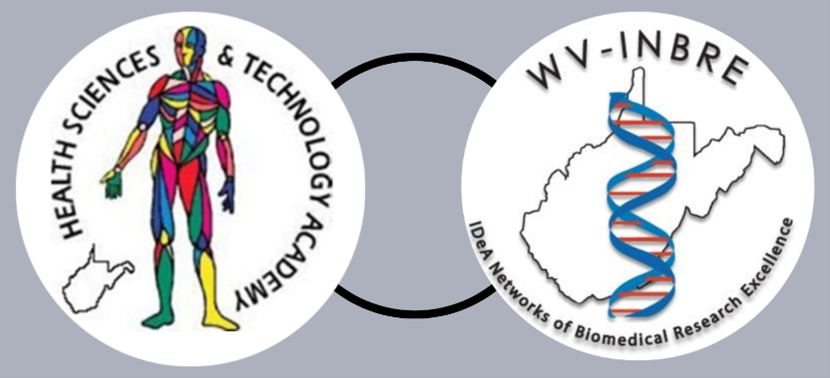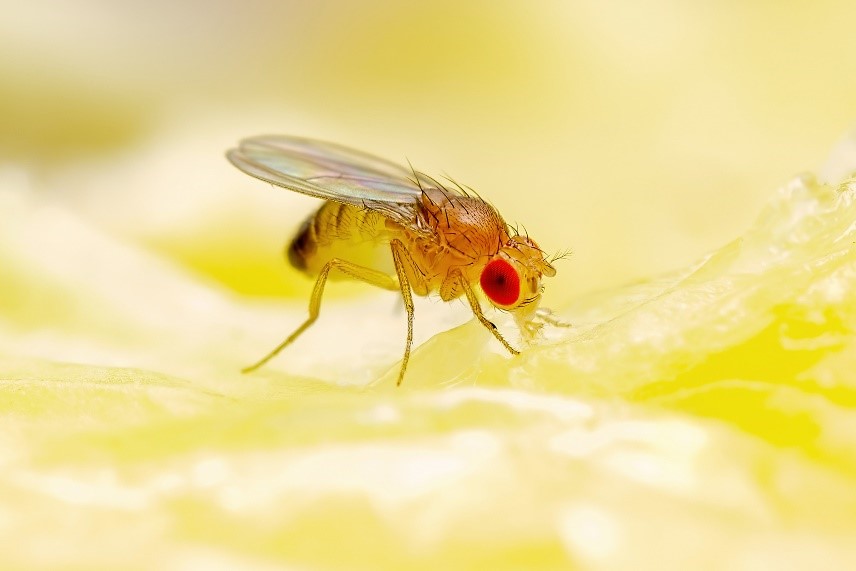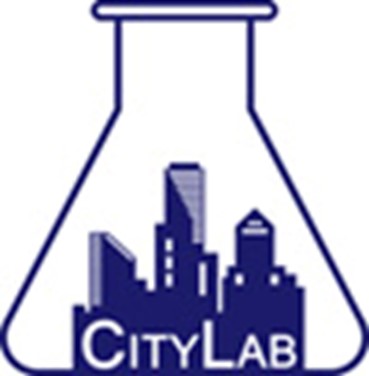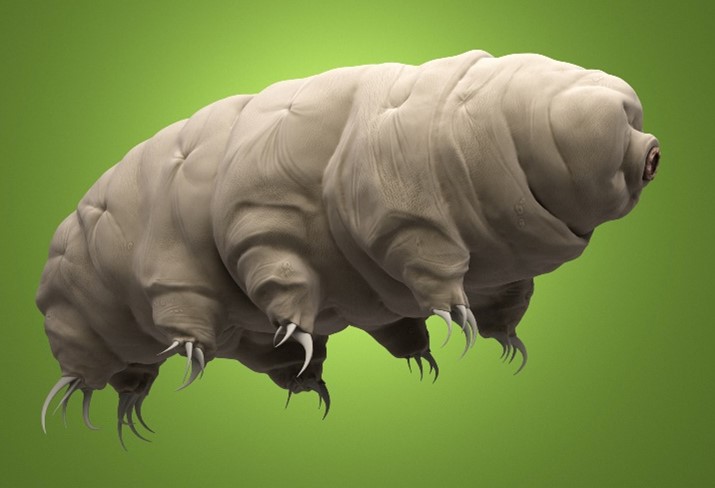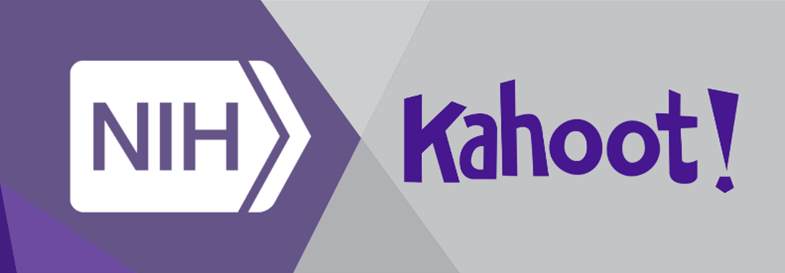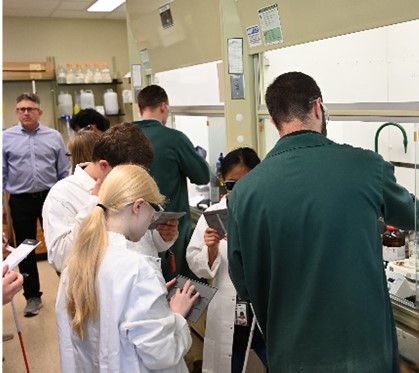Research Organism Superheroes: Fruit Flies
January 17, 2024
Continue Reading
Spotlighting SEPA for National STEM Day
November 8, 2023
Continue Reading
Research Organism Superheroes: Tardigrades
October 11, 2023
Continue Reading
Up Your Game With NIH Kahoot! Quizzes
August 23, 2023
Continue Reading
Chemistry Under the Big Top
April 10, 2023
Continue Reading
Students With Visual Impairments Empowered to Explore Chemistry Through SEPA Project
February 15, 2023
Continue Reading
Mentoring: It’s In Our Genes
January 18, 2023
Continue Reading

